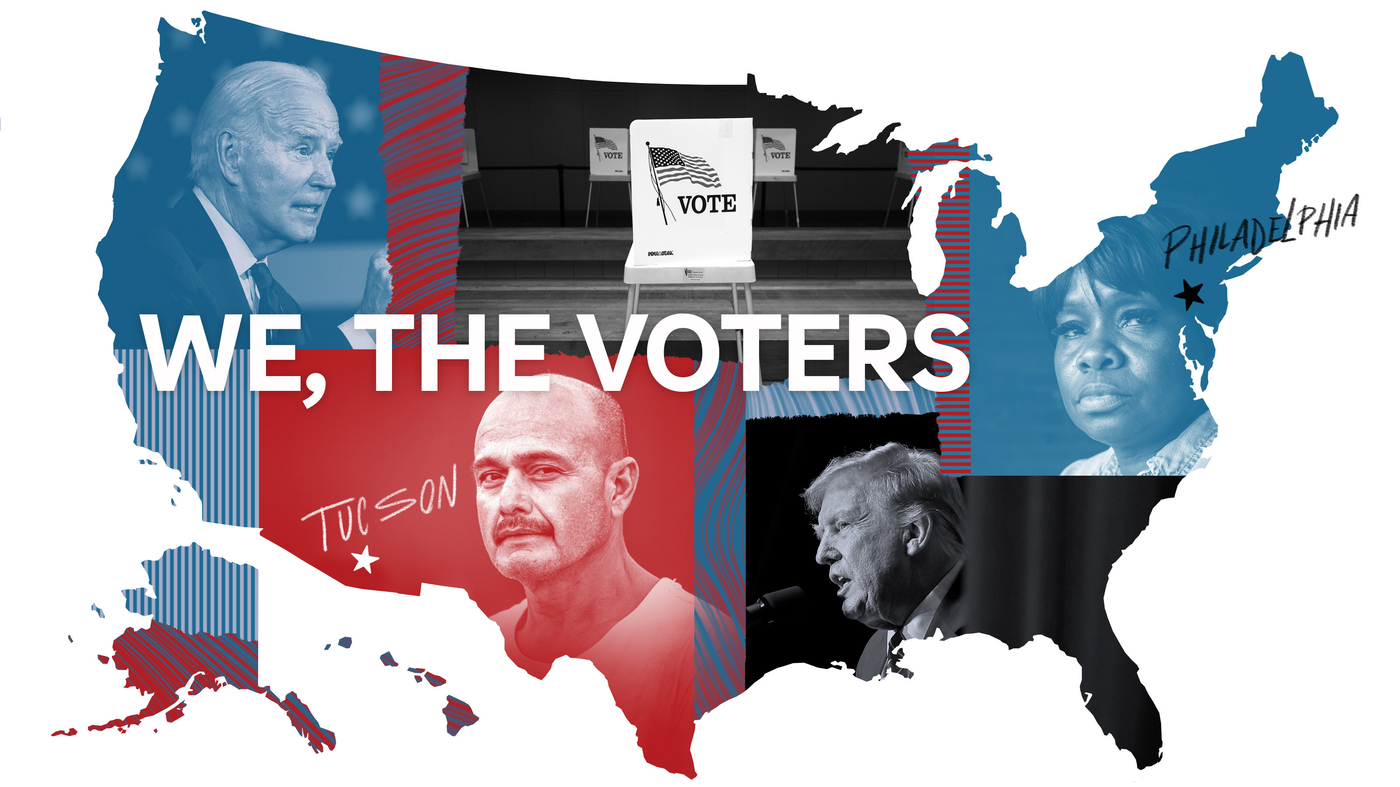The 2024 U.S. presidential election, set to take place on November 5, 2024, will be one of the most significant and highly anticipated elections in recent history. This election will determine the President of the United States for the next four years, and it follows a politically charged and deeply divided period in American politics. Here’s a detailed breakdown of the key elements of the 2024 presidential election, including the candidates, the election process, and what’s at stake.
Key Candidates
As of now, the two leading candidates for the presidency are:
1. President Joe Biden (Democratic Party)
- Age: 82 (born November 20, 1942)
- Political Background: Joe Biden is the incumbent president, having served as the 46th President of the United States since January 20, 2021. Before that, he was Vice President under Barack Obama from 2009 to 2017. Biden has a long history in U.S. politics, having served as a U.S. Senator from Delaware for over 30 years.
- Campaign Focus: In his bid for re-election, Biden is focusing on issues like economic recovery, climate change, healthcare reform, and maintaining strong international alliances. His administration’s handling of the COVID-19 pandemic and efforts to address inflation and economic inequality have been central to his first term.
2. Former President Donald Trump (Republican Party)
- Age: 78 (born June 14, 1946)
- Political Background: Donald Trump served as the 45th President of the United States from January 2017 to January 2021. He is the first president in U.S. history to be impeached twice (though acquitted both times). After losing the 2020 election to Joe Biden, Trump has continued to be a dominant figure in the Republican Party and has publicly stated his intention to run for president again in 2024.
- Campaign Focus: Trump’s campaign is centered on themes of economic growth, border security, and reducing government regulation. He is also known for his “America First” foreign policy stance and for challenging the legitimacy of the 2020 election results, though he has yet to concede that election.
3. Third-Party and Independent Candidates
- While third-party candidates traditionally have a small share of the vote, there may be significant challengers in 2024, especially with growing discontent among voters who feel that both major parties are not adequately addressing their concerns. Candidates from the Libertarian Party, Green Party, and others could play an influential role, especially in closely contested swing states.
The Electoral Process
The U.S. presidential election is held every four years on the first Tuesday in November. In 2024, this falls on November 5. The process of electing the president involves several key stages:
1. Primaries and Caucuses
- Both the Democratic and Republican parties hold primaries and caucuses in each state in the months leading up to the general election. These events allow party members to select their preferred candidate.
- The Republican National Convention (RNC) and Democratic National Convention (DNC) are held during the summer before the election, where delegates formally nominate their party’s candidate for president and vice president.
2. The General Election
- On November 5, voters across the nation will go to the polls to vote for president. The election is not directly for president, but rather for electors who form the Electoral College. There are 538 electors, and a candidate needs at least 270 electoral votes to win the presidency.
- Each state is allotted a certain number of electors based on its population. The number of electors for each state is equal to the number of its congressional delegation (Senators and House Representatives).
- In most states, the candidate with the majority of the popular vote wins all of the state’s electoral votes (except in Maine and Nebraska, which allocate some of their electors proportionally).
3. Electoral College
- After the general election, the electors meet in their respective state capitals in December to cast their votes for president and vice president. These votes are sent to Congress, which formally counts them in January.
- If a candidate has received 270 or more electoral votes, they are declared the winner. If no candidate reaches this threshold, the House of Representatives selects the president from among the top three candidates, with each state delegation casting one vote. The Senate selects the vice president.
Swing States to Watch
While every state participates in the election, certain states are particularly important due to their role as “swing states” or “battleground states”. These are states where both major parties have a good chance of winning, and the outcome often determines the overall winner. Some of the most pivotal swing states in 2024 will likely include:
- Pennsylvania: A key state for both parties, which has historically leaned Democratic but swung Republican in 2016.
- Michigan: Another Midwestern state that flipped to Biden in 2020 after supporting Trump in 2016.
- Wisconsin: Similar to Michigan, Wisconsin is crucial for any Republican or Democratic candidate aiming to win the election.
- Florida: A perennial battleground state with a large and diverse population, Florida has been a swing state for decades.
- Arizona: A growing battleground state, Arizona has seen increasing Democratic support in recent years.
- Georgia: After flipping blue in 2020, Georgia will again be a key state to watch in 2024.
- Nevada: This state has leaned Democratic in recent presidential elections but is always competitive.
Key Issues in the 2024 Election
The 2024 election will be shaped by a number of critical issues, including:
1. Economic Recovery
- The U.S. economy has been recovering from the COVID-19 pandemic, with a strong labor market and low unemployment rates. However, inflation and the cost of living continue to be major concerns for voters, particularly with housing costs, healthcare, and student debt.
2. Healthcare
- Both parties have their own vision for healthcare reform. While Biden advocates for expanding the Affordable Care Act (Obamacare) and addressing prescription drug costs, Trump is expected to continue pushing for alternatives that reduce government involvement and increase private competition.
3. Climate Change and Environment
- Climate change is a growing concern for voters, especially younger ones. Biden has emphasized clean energy, electric vehicles, and international climate agreements, while Trump’s policies have generally been more focused on energy independence, including oil and gas production.
4. Immigration
- Immigration will again be a major issue. Trump has emphasized border security and his plan to curb illegal immigration, while Biden has worked to reform immigration policies and offer a path to citizenship for undocumented immigrants.
5. Foreign Policy
- The ongoing war in Ukraine, relations with China, and military presence in the Middle East will be important foreign policy issues. Biden has focused on strengthening NATO and supporting Ukraine, while Trump’s approach has been more isolationist, stressing the need for America to focus on its own interests.
6. Social Issues
- Issues such as gun control, reproductive rights, and LGBTQ+ rights are likely to dominate the social discourse leading up to the election. The debate over abortion rights has gained prominence following the Supreme Court’s decision to overturn Roe v. Wade in 2022, and many voters will look to candidates for their stance on these issues.
Voter Turnout and Challenges
Voter turnout is always a critical factor in presidential elections, and 2024 will be no different. Both parties will aim to mobilize their bases, but the key will be appealing to independent voters and ensuring that those who may feel disenfranchised or disengaged are brought into the fold. Additionally, voter suppression and voter ID laws are likely to be significant issues, particularly in states where Republican-led legislatures have passed restrictive voting measures.
Conclusion
The U.S. presidential election on November 5, 2024, is shaping up to be a pivotal moment in American history. With major differences in policy and vision between the leading candidates, the stakes could not be higher. As we move closer to election day, the political landscape will continue to evolve, with both parties vying for control of the White House in an increasingly divided country. Stay informed, participate in the process, and make sure your voice is heard on Election Day.










1e548q
e6eyju
89ea8j
dpg265
hczmyr